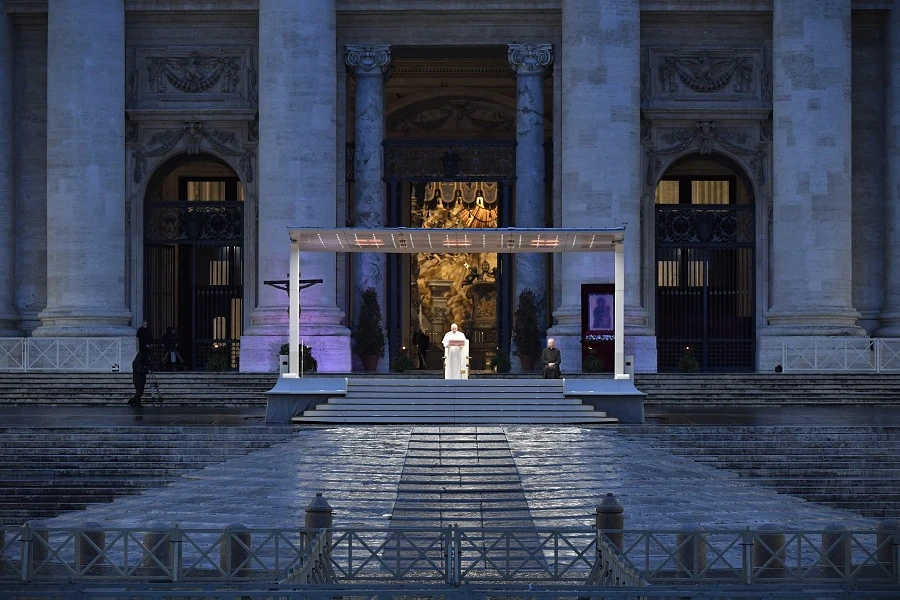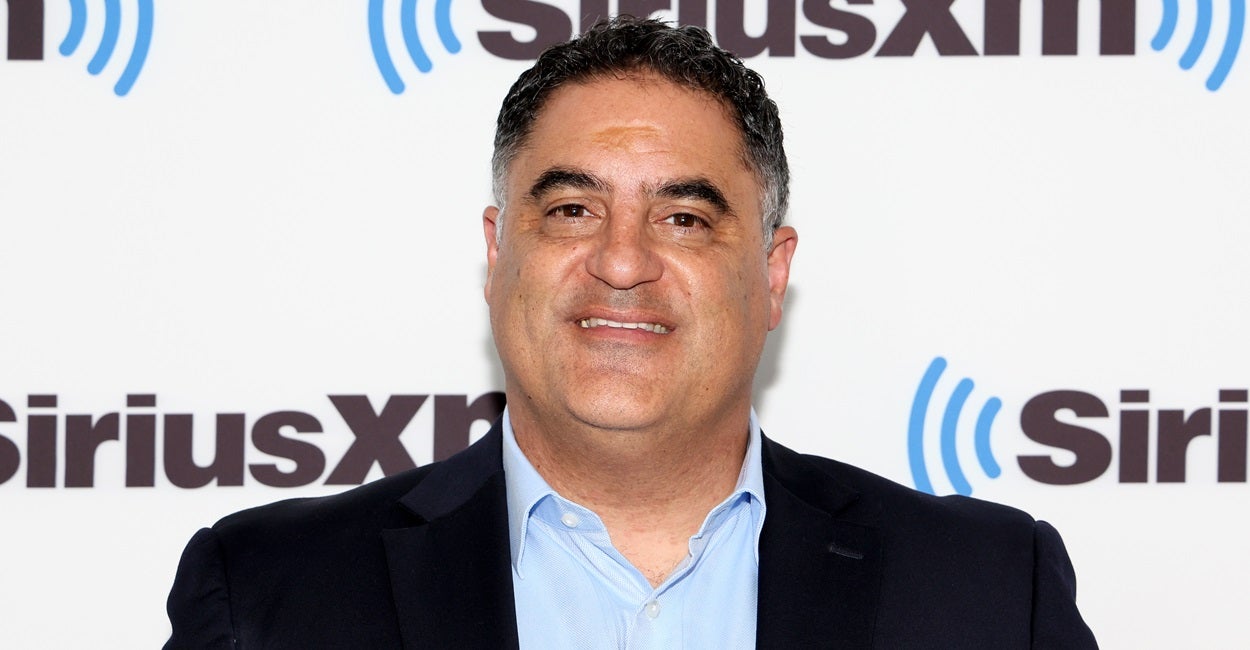Airport fire destroys cabins in historic Holy Jim Canyon
The cabin settlement is less than two miles from the remote-control airfield where the Airport fire broke out on Monday.

On Monday morning, Holy Jim Canyon was home to 34 cabins.
Tuesday afternoon, only seven were still standing, surrounded by charred remains of homes that may never be rebuilt.
Holy Jim Canyon is tucked away in the Cleveland National Forest, about three miles along a dirt road from Trabuco Creek Road. The cabin settlement is less than two miles from the remote-control airfield where the Airport fire broke out on Monday afternoon, Sept. 9.
Holly Permeh lost her cabin in the fire and went out to see the damage for herself on Wednesday morning, Sept. 11. Fire officials haven’t said how many cabins were lost. But an employee of the U.S. Forest Service told her 27 of the cabins were destroyed, Permeh said.
“I didn’t believe it until I saw it,” Permeh said. “I made peace with it, in a way. What else can you do?”
Permeh purchased the cabin five years ago during a season of personal struggles, and spent time and money transforming it into a cozy retreat in the wilderness away from her primary residence.
“It brought me back to a simpler way of life,” Permeh said, who also has a home in Laguna Hills. “You feel like you’re far, far away, but I’m not really that far from home.”
Another owner, who wished to remain anonymous, ventured into the area on Monday night. He relayed what he found to other owners, including Katie Saalfeld.
“He texted me about 3 o’clock in the morning and said, ‘I’m sorry. It’s gone,’” Saalfeld said.

Saalfeld inherited her cabin from her father Mike Milligan, a Vietnam veteran, famed Holy Jim volunteer fire chief and long-time champion for the community who died in his cabin in 2022. Milligan built that cabin by hand in 1980, without the aid of any power tools. He built Permeh’s cabin, too, and was heralded as a savior during previous fires, especially during the Holy fire in 2018.
“This would never have happened if your father had been here,” Permeh told Saalfeld.
Saalfeld said her father would work alongside authorities, instructing them on where to drop fire retardant and where to send support.
“They would listen to him because he knew what he was talking about,” Saalfeld said. “He was so well-versed and educated on the canyon. He knew it better than anyone else.”
Leslee Riddell and her husband Ray purchased their cabin, next to Milligan’s, in 2012 after falling in love with Holy Jim.
“It’s just a completely different world,” Riddell said. “You go right into nature and it’s so serene and quiet. You can hear the peepers and the water when it’s flowing.”
Their cabin was one of the seven that survived.
Even those financially able to rebuild their homes may not be able to due to government land-use rules.
In 2014, Riddell became president of the Trabuco and Holy Jim Cabin Owners Improvement Association.
That same year, a federal floodplain map in 2014 declared that every cabin in Holy Jim is in a flood zone. Federal-land use rules apparently prohibit construction in flood zones, which means that any cabins lost, whether to fire, flood or landslide, will not be rebuilt.
Locals have protested that assessment, saying it is flawed.
After the Holy fire, residents fought to rebuild the 13 cabins destroyed in the blaze. Leslee Riddell said the owners continued contesting the finding, going as far as to hire their own hydrologist and having engineers and surveyors examine the area. They were close to finishing their study, Riddell said, and then this fire, the Airport fire, started. The residents had wanted to again argue their case.
On Wednesday, Cleveland National Forest officials did not return phone calls.
Holy Jim area gets virtually no cellphone reception, electricity is rare and running water in the cabins is non-existent.
More than the loss of cabins, it’s the loss of community — the owners are grieving.
They hiked together, had wood-splitting parties in the winter.
Riddell isn’t sure what the battle against the federal rules will look like after this most-recent blaze.
She doesn’t believe the $30 annual fee charged by the association could afford a long, drawn-out legal battle.
“It’s probably too expensive, too rich for our blood,” Riddell said. “We’re a humble association.”
Staff photographer Jeff Gritchen contributed to this report.























